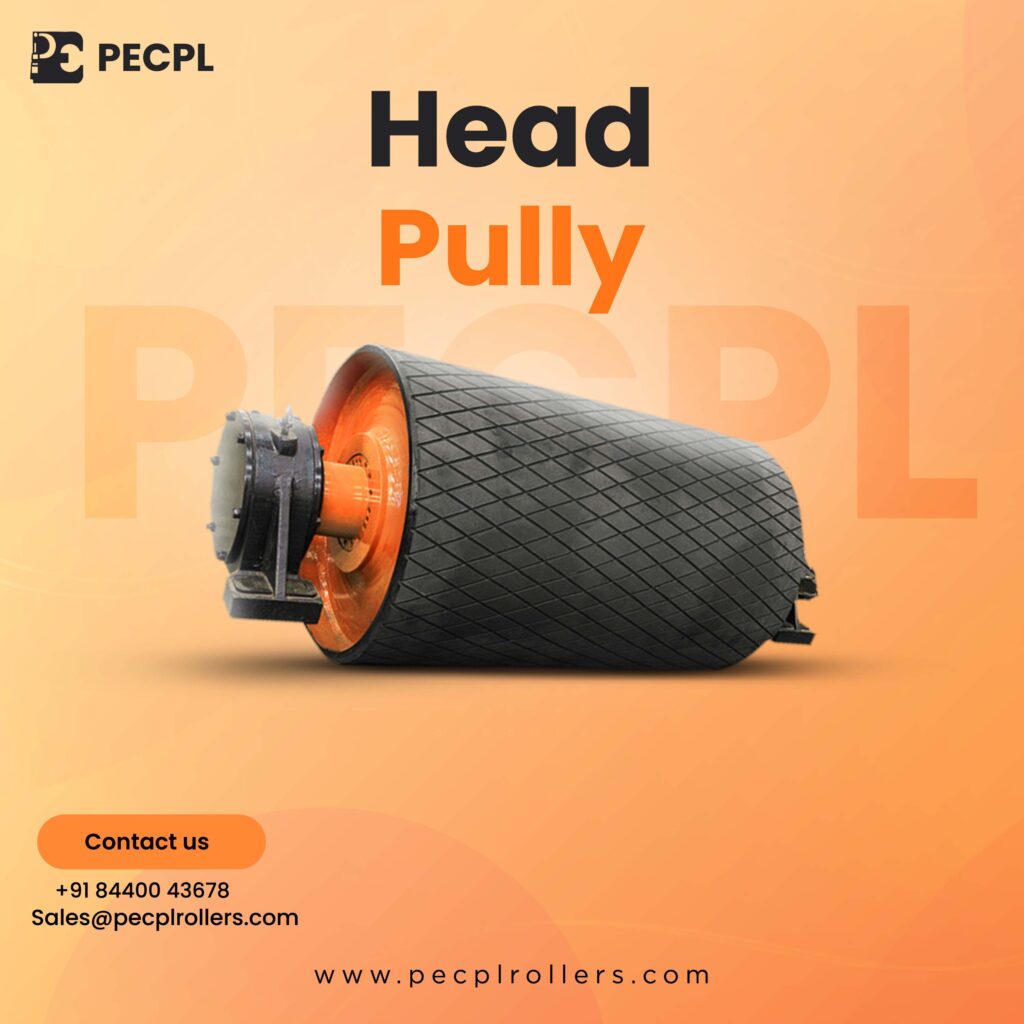
In the world of mechanical systems and industrial equipment, there are various components that work together to ensure smooth and efficient operations. One such component is the head pulley, an essential part of conveyor systems. In this blog post, we will delve into the details of head pulleys, exploring their purpose, features, and benefits. By the end of this post, you will have a comprehensive understanding of head pulleys and their significance in industrial applications.
Outline:
- What is a head pulley?
- Definition and basic function
- Placement and location in conveyor systems
- How does a head pulley work?
- Explanation of the mechanics behind its operation
- Relationship with other components in the system
- What are the key features of a head pulley?
- Material composition and durability
- Size and weight considerations
- Surface finish for optimal grip and traction
- What are the benefits of using a head pulley?
- Increased efficiency and productivity
- Reduced maintenance and downtime
- Enhanced safety for workers
- How to choose the right head pulley for your application?
- Consideration of conveyor system requirements
- Understanding the load capacity and speed requirements
- Consulting with experts or manufacturers
- How to maintain and care for a head pulley?
- Regular inspection and cleaning
- Lubrication and monitoring of wear and tear
- Prompt replacement of damaged or worn-out components
Conclusion
The head pulley is an essential component in conveyor systems. It is located at the discharge end of the conveyor, and it plays a crucial role in the overall functionality of the system. The primary function of the head pulley is to transmit power from the drive unit to the belt. This power transmission allows the belt to move and transport materials efficiently. The head pulley is typically larger in diameter compared to other pulleys in the system, as it needs to accommodate the drive unit and provide sufficient grip for the belt. It is also equipped with a lagging material, such as rubber or ceramic, to enhance traction between the pulley and the belt. This ensures that the belt does not slip or lose tension during operation. Additionally, the head pulley is often equipped with a belt cleaner, which helps remove any debris or material buildup on the belt surface. This prevents damage to the belt and ensures smooth operation. Proper maintenance and inspection of the head pulley are crucial to ensure its optimal performance and longevity. Regular lubrication of the bearings and monitoring of the lagging condition are recommended. In conclusion, the head pulley is a critical component in conveyor systems, responsible for power transmission and tension control, and its proper maintenance is essential for smooth and efficient operation.
Head pulleys play a crucial role in conveyor systems, facilitating the movement of materials and products in various industries. Understanding their purpose, mechanics, and features can help you make informed decisions when it comes to selecting and maintaining the right head pulley for your specific application. By investing in high-quality head pulleys and implementing proper maintenance practices, you can ensure the smooth and efficient operation of your conveyor systems, ultimately leading to increased productivity and safety in your industrial processes.
